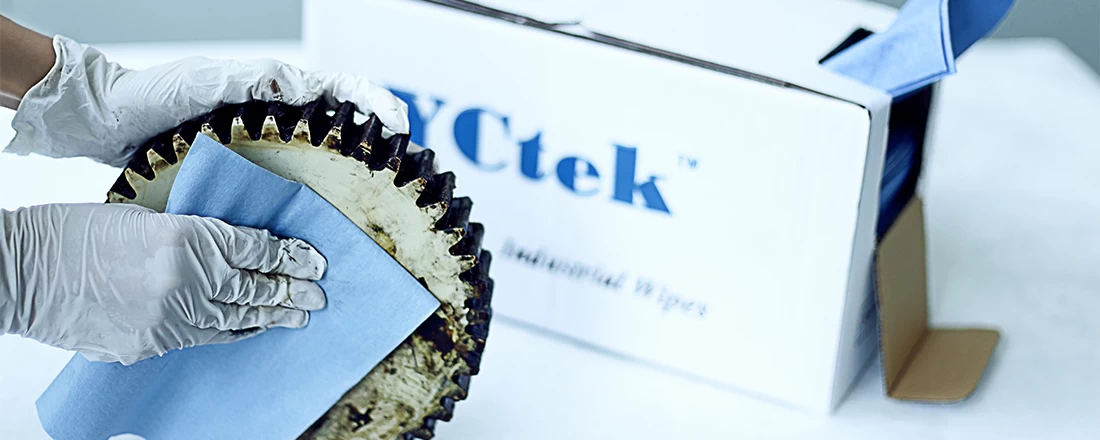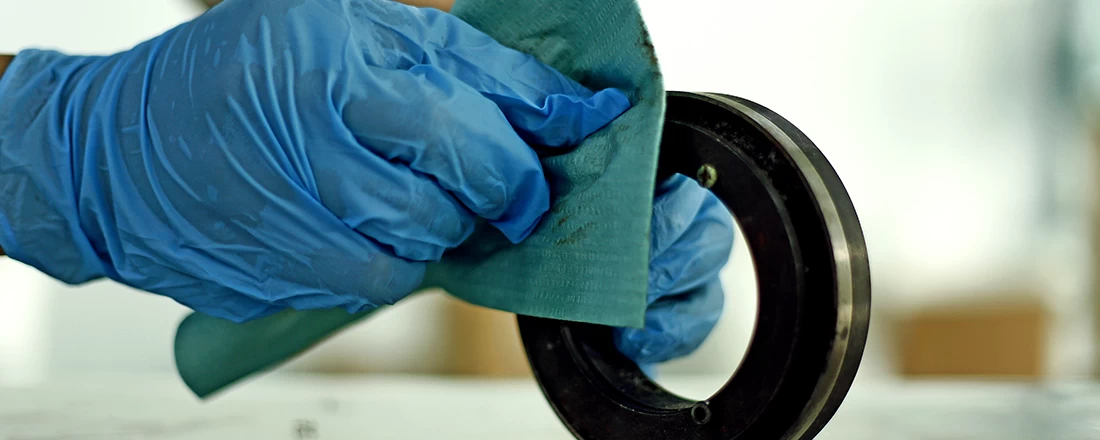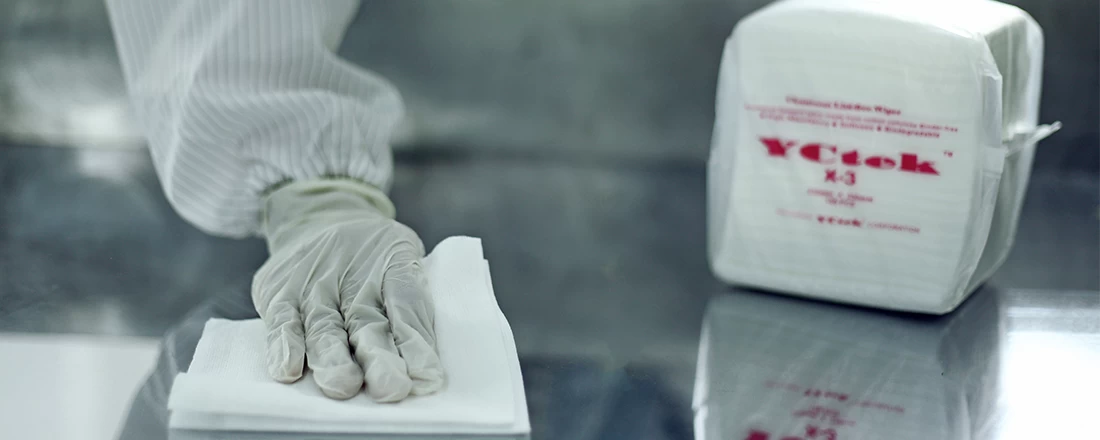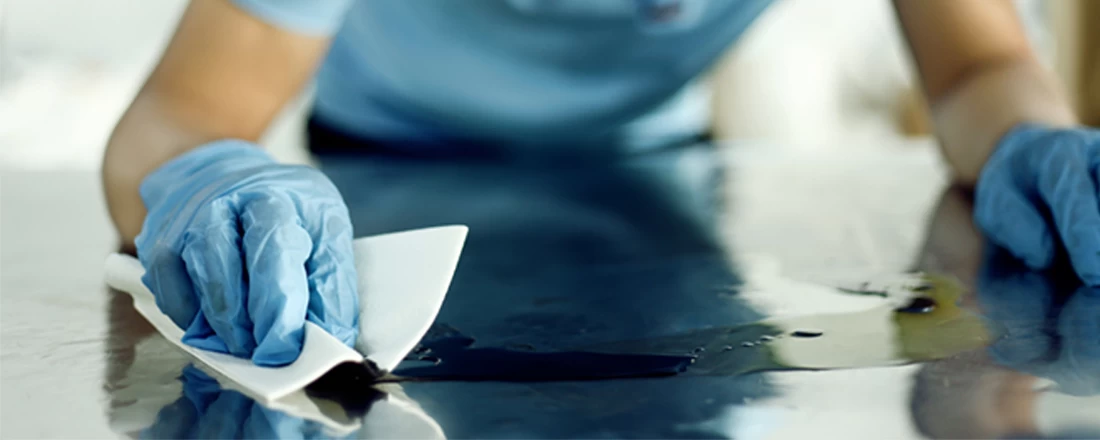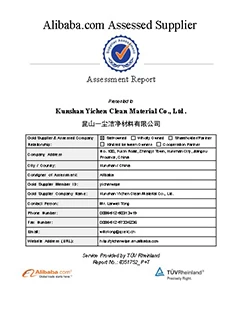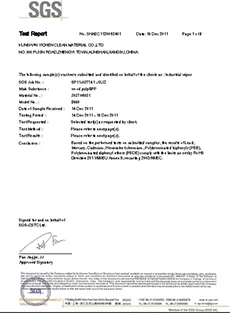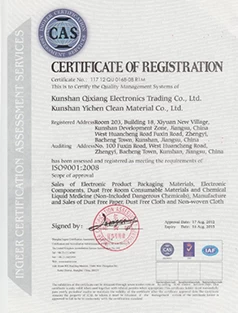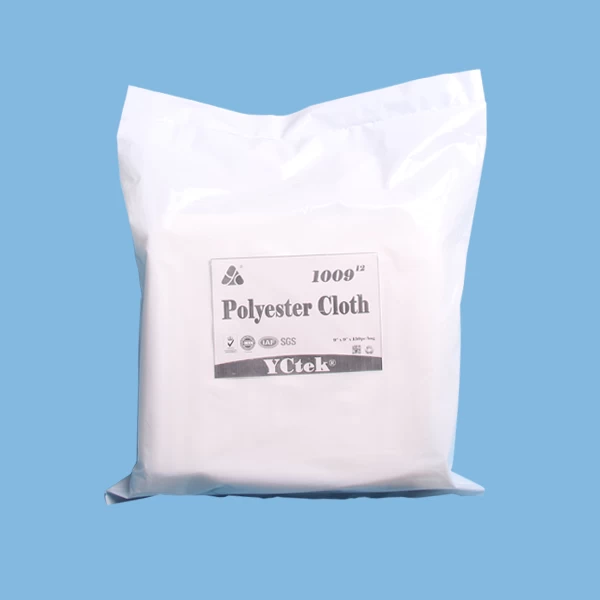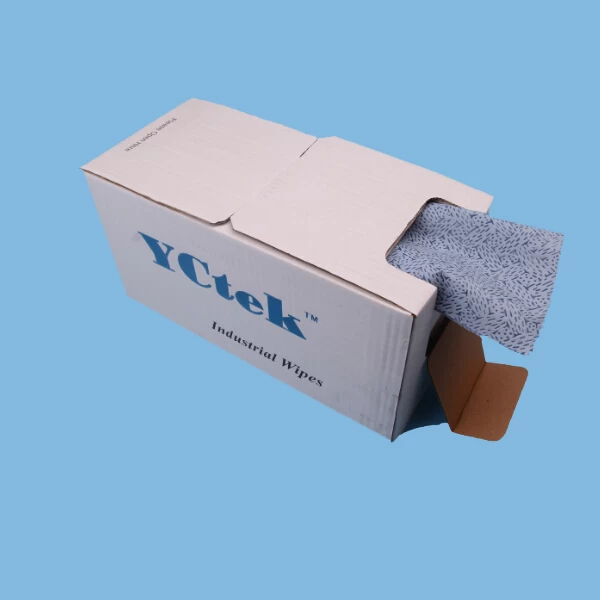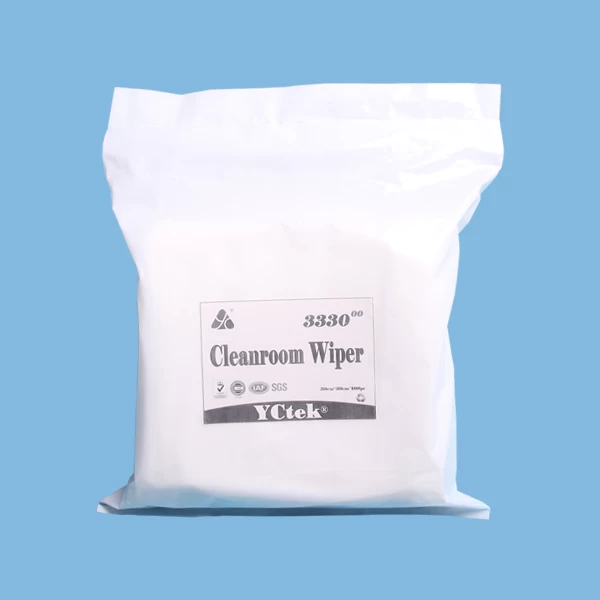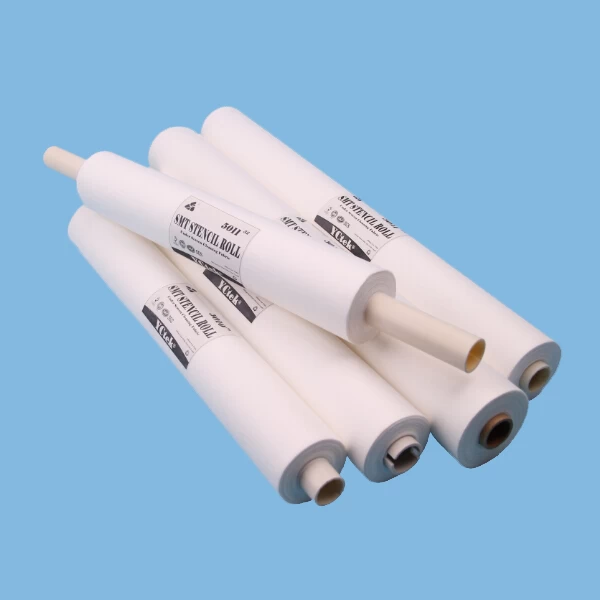How Polyester is Made
2017-07-17 16:36:23

Polyester is a synthetic fiber derived from coal, air, water, and petroleum. Developed in a 20th-century laboratory, polyester fibers are formed from a chemical reaction between an acid and alcohol. In this reaction, two or more molecules combine to make a large molecule whose structure repeats throughout its length. Polyester fibers can form very iong molecules that are very stable and strong.
Polyester is used in the manufacture of many products, including clothing, home furnishings, industrial fabrics, computer and recording tapes, and electrical insulation. Polyester has several advantages over traditional fabrics such as cotton. It does not absorb moisture, but does absorb oil; this quality makes polyester the perfect fabric for the application of water-, soil-, and fire-resistant finishes. Its low absorbency also makes it naturally resistant to stains. Polyester clothing can be preshrunk in the finishing process, and thereafter the fabric resists shrinking and will not stretch out of shape. The fabric is easily dyeable, and not damaged by mildew. Textured polyester fibers are an effective, nonallergenic insulator, so the material is used for filling pillows, quilting, outerwear, and sleeping bags.

